The Abyss Below: An In-depth Look at Deep Sea Creatures
The deep sea is a vast and mysterious place. It covers over 50% of the Earth’s surface but is still largely unexplored. The deep sea is home to a wide variety of creatures, many of which are unique and bizarre. These creatures have adapted to survive in the harsh conditions of the deep sea, which include extreme pressure, darkness, and cold.
In this article, we will look at some of the most interesting deep sea creatures. We will explore the different types of deep-sea habitats and learn about the unique adaptations these deep sea creatures have evolved to survive in these extreme environments.
Defining the Deep Sea
The deep sea is typically defined as the ocean’s area below 200 meters (660 feet) in depth. This area is also known as the abyssal zone. The deep sea is home to various creatures, including fish, invertebrates, and bacteria.
The deep sea is characterized by extreme pressure, darkness, and cold. The pressure at the bottom of the deepest parts of the ocean can be more than 1,000 times the pressure at sea level. The darkness at these depths is complete, as no sunlight can penetrate. The water temperature at the bottom of the deep sea can be as cold as -2 degrees Celsius (28 degrees Fahrenheit).
The Importance of Deep Sea Exploration
Deep sea exploration is important for several reasons. It can help us to understand better the Earth’s oceans and the creatures that live in them. It can also help us to develop new technologies that can be used in other areas, such as medicine and engineering. we can find many deep sea creatures.
For example, deep-sea exploration has led to the discovery of new species of fish, invertebrates, and bacteria (deep sea creatures). These discoveries have helped us better understand life’s evolution on Earth. Deep sea exploration has also led to the development new technologies, such as submersibles and remotely operated vehicles (ROVs). These technologies have made exploring the deep sea in more significant detail possible.
The deep sea is a vast and mysterious place and a valuable resource. Deep sea exploration can help us to understand this resource better and to develop ways to use it sustainably.
The Deep Sea Environment
Extreme Conditions in the Deep Sea
The deep sea is a harsh environment with extreme conditions. The pressure at the bottom of the deepest parts of the ocean can be more than 1,000 times the pressure at sea level. This pressure can crush humans, but deep sea creatures have adapted to it in various ways. Some deep sea creatures have thick, muscular bodies that can withstand the pressure. Others have soft bodies filled with fluids that help equalize the pressure.
The deep sea is also very dark. No sunlight can penetrate to these depths, so deep sea creatures have evolved to see in the dark or to use other senses, such as touch and smell, to navigate their environment.
The water temperature at the bottom of the deep sea is also very cold. It can be as cold as -2 degrees Celsius (28 degrees Fahrenheit). Deep sea creatures have adapted to this cold with thick layers of insulation, such as fat or thick skin. Some creatures also have special proteins in their blood that help to prevent their cells from freezing.
The Vertical Zones of the Ocean
The deep sea is divided into vertical zones, each with unique environmental conditions. The different zones are:

Epipelagic zone
This zone is the ocean’s surface layer and is the most well-lit. It is home to various plants and animals, including fish, whales, and dolphins.
Mesopelagic zone
This zone is also known as the twilight zone. It is located below the epipelagic zone and receives very little sunlight. The water temperature in this zone is typically between 5 and 10 degrees Celsius (41 and 50 degrees Fahrenheit).
Bathypelagic zone
This zone is also known as the midnight zone. It is located below the mesopelagic zone and receives no sunlight. The water temperature in this zone is typically between 0 and 4 degrees Celsius (32 and 39 degrees Fahrenheit).
Abyssalpelagic zone
This zone is located below the bathypelagic zone and is the deepest part of the ocean. The pressure at the bottom of this zone can be more than 1,000 times the pressure at sea level. The water temperature in this zone is typically between -1 and 4 degrees Celsius (30 and 39 degrees Fahrenheit). Hadalpelagic zone: This zone is the deepest part of the ocean and is located below the abyssalpelagic zone. The pressure at the bottom of this zone can be more than 6,000 times the pressure at sea level. The water temperature
The Pioneers of Deep Sea Exploration
Historical Overview of Deep Sea Discoveries
The history of deep sea exploration is a long and fascinating one. The first recorded attempts to explore the deep sea date back to the ancient Greeks and Egyptians. However, it wasn’t until the 18th century that significant progress was made in deep sea exploration. In 1775, the British explorer James Cook used a sounding line to measure the depth of the ocean floor. In 1840, the French explorer Charles Wilkes used a diving bell to explore the ocean floor off the coast of California.

In the late 19th and early 20th centuries, there was a flurry of activity in deep-sea exploration. In 1872, the British ship HMS Challenger undertook a global expedition that mapped the ocean floor and collected thousands of samples of deep sea creatures. In 1930, the American scientists William Beebe and Otis Barton made the first manned descent to the deep sea in a bathysphere. In 1960, the Swiss scientist Jacques Piccard and the American Don Walsh made the first manned descent to the deepest part of the ocean, the Challenger Deep in the Mariana Trench.
Since the 1960s, steady technological advances have made deep-sea exploration possible. These advances include the development of submersibles, remotely operated vehicles (ROVs), and autonomous underwater vehicles (AUVs). These technologies have allowed scientists to explore the deep sea in greater detail.
The Role of Technology in Exploring the Deep Sea
Technology has played a vital role in deep sea exploration. Without the development of submersibles, ROVs, and AUVs, it would be impossible to explore the deep sea. These technologies allow scientists to safely and effectively explore the harsh environment of the deep sea.
Submersibles are manned vehicles that can descend to the deepest parts of the ocean. They are equipped with various scientific instruments that allow scientists to collect data on the deep sea environment and its inhabitants. ROVs are remotely operated vehicles controlled from the ocean’s surface. They are equipped with various cameras and sensors that allow scientists to explore the deep sea without putting a human being at risk. AUVs are autonomous underwater vehicles that can navigate the deep sea without human input. They are equipped with various sensors to collect data on the deep sea environment.
These technologies have allowed scientists to explore the deep sea in greater detail than ever before. They have helped us better to understand the deep sea environment and its inhabitants. They have also helped us to discover new species of deep sea creatures.
Deep Sea Adaptations: Survival in the Depths
Pressure Resistance
One of the biggest challenges of deep sea exploration is the extreme pressure. The pressure at the bottom of the deepest parts of the ocean can be more than 1,000 times the pressure at sea level. This pressure can crush human beings, but deep sea creatures have adapted to it in various ways. Some creatures have thick, muscular bodies that can withstand the pressure. Others have soft bodies filled with fluids that help equalize the pressure.
Low Light Adaptations
The deep sea is also very dark. No sunlight can penetrate to these depths, so deep sea creatures have evolved to see in the dark or to use other senses, such as touch and smell, to navigate their environment. Some deep sea creatures have bioluminescent organs that produce their light. This light can attract prey, communicate with other creatures, or navigate the dark depths.
Temperature and Metabolism Adjustments
The water temperature at the bottom of the sea can be as cold as -2 degrees Celsius (28 degrees Fahrenheit). Deep sea creatures have adapted to this cold with thick layers of insulation, such as fat or thick skin. Some creatures also have special proteins in their blood that help to prevent their cells from freezing.
In addition to these adaptations, deep sea creatures have evolved to have slow metabolisms. This allows them to conserve energy in the cold, dark depths.
These are just a few of the adaptations that deep sea creatures have evolved to survive in the harsh environment of the deep sea. Despite these challenges, the deep sea is home to a diverse and fascinating array of life.
Life in the Abyss: The Diversity of Deep Sea Creatures

Fangtooth (Anoplogaster cornuta)

This deep sea creatures has a large, protruding mouth filled with sharp teeth. It lives in the mesopelagic and bathypelagic zones of the ocean at depths of up to 6,000 meters (20,000 feet).
The frilled shark (Chlamydoselachus anguineus)

This primitive shark has a long, eel-like body and a series of frills around its head. It lives in the ocean’s mesopelagic zone, at depths of up to 1,200 meters (3,900 feet).
Goblin shark (Mitsukurina owstoni)

This deep-sea shark has a long, narrow snout and sharp teeth. It lives in the bathypelagic zone of the ocean, at depths of up to 1,300 meters (4,200 feet).
Kroyer’s deep sea anglerfish (Nephrops entomelas)

The sea anglerfish has a long, thin body and a bioluminescent lure on its head. It lives in the bathypelagic zone of the ocean, at depths of up to 4,000 meters (13,000 feet).
Blobfish (Psychrolutes marcidus)

This fish has a gelatinous body and a sad-looking face. It lives in the ocean’s mesopelagic zone, at depths of up to 1,200 meters (3,900 feet).
Megamouth shark (Megachasma pelagios)

This shark has a large, wide mouth that can open up to 1 meter (3 feet) wide. It lives in the mesopelagic and bathypelagic zones of the ocean, at depths of up to 1,500 meters (4,900 feet).
Giant squid (Architeuthis dux)

This is the largest invertebrate on Earth. It can grow up to 18 meters (60 feet) long and weigh up to 450 kilograms (1,000 pounds). It lives in the bathypelagic and abyssalpelagic zones of the ocean, at depths of up to 4,000 meters (13,000 feet).
Dumbo octopus (Grimpoteuthis spp.)

This deep-sea octopus has large fins that resemble elephant ears. It lives in the mesopelagic and bathypelagic zones of the ocean, at depths of up to 6,000 meters (20,000 feet).
Pelican eel/gulper eel (Eurypharynx pelecanoides)

This eel has a large, expandable mouth that can swallow prey much larger than itself. It lives in the bathypelagic and abyssalpelagic zones of the ocean, at depths of up to 5,000 meters (16,400 feet).
Sloane’s viperfish (Chauliodus sloani)

This fish has a long, slender body and a bioluminescent lure on its chin. It lives in the bathypelagic zone of the ocean, at depths of up to 3,000 meters (9,800 feet).
Barreleye fish (Macropinna microstoma)

This fish has a transparent head with large eyes that point upwards. It lives in the ocean’s mesopelagic zone, at depths of up to 600 meters (2,000 feet).
Chimaera (Chimaera monstrosa)

In the deep sea creatures. This deep-sea fish has a cartilaginous skeleton and a long, eel-like body. It lives in the mesopelagic and bathypelagic zones of the ocean at depths of up to 2,000 meters (6,600 feet).
Vampire squid (Vampyroteuthis infernalis)

This deep-sea squid has a long, slender body and bioluminescent organs on its arms and head.
The Deep Sea Ecosystem and Food Chain
The deep sea is home to diverse creatures, but the food chain is relatively simple. The base of the food chain is detritus, which is organic matter that falls from the surface of the ocean. This detritus is eaten by small animals, such as copepods and amphipods. Larger animals, such as fish and squid then eat these animals. The apex predators of the deep sea are animals such as the giant squid and the sperm whale.
The Role of Detritus in Deep Sea Food Chains
Detritus is a major source of food for deep sea creatures. It is made up of organic matter that falls from the ocean’s surface, such as dead plants and animals, fecal matter, and even human waste. Bacteria and other microorganisms break down detritus, and it is these microorganisms that are eaten by the smallest deep sea creatures.
Apex Predators in the Deep Sea
The apex predators of the deep sea are animals at the top of the food chain. They are typically large animals that have few predators. Some of the apex predators of the deep sea include the giant squid, the sperm whale, the goblin shark, and the sleeper shark.
Conservation and the Future of the Deep Sea
The deep sea is a fragile ecosystem that is threatened by human activities. Some of the threats to deep sea ecosystems include:
Deep-sea mining
Deep-sea mining is the extraction of minerals from the seabed. This activity can damage deep sea habitats and disrupt food chains.
Trawling
Trawling is a fishing method that involves dragging a net along the seabed. This method can damage deep sea habitats and catch non-target species.
Sewage dumping
Sewage dumping can release pollutants into the deep sea. These pollutants can harm deep sea creatures and disrupt food chains.
Climate change
Climate change is causing the ocean to warm and become more acidic. This can harm deep sea creatures and disrupt food chains.
The Role of Conservation in Protecting the Deep Sea
Conservation is the protection of natural resources and ecosystems. There are a number of ways to conserve the deep sea, including:
Protecting deep sea habitats
Establishing marine protected areas (MPAs) can protect deep sea habitats. MPAs are areas of the ocean that are off-limits to human activities such as fishing and mining.
Reducing pollution
Pollution can be reduced by implementing regulations on industrial emissions and sewage treatment.
Educating the public
The public can be educated about the importance of the deep sea and the threats it faces. This can help to reduce demand for deep sea resources and support conservation efforts.
Conclusion
Though it’s the most extensive habitat on Earth, the deep sea remains one of our last unexplored frontiers. Its dark, pressure-filled waters hold secrets to how life adapts to extreme conditions and its vast genetic diversity could pave the way for medical and technological breakthroughs. As we continue to discover its wonders, let’s also remember our responsibility to protect this incredible, alien world beneath the waves.
Frequently Asked Questions
What is the deepest part of the ocean, and what lives there?
The deepest part of the ocean is the Challenger Deep in the Mariana Trench, reaching depths of nearly 11,000 meters. Extremophile organisms, like amphipods and snailfish, are known to inhabit these depths.
How do deep sea creatures survive under such high pressure?
Deep sea creatures have evolved unique adaptations, such as soft, flexible bodies without air-filled spaces, which allow them to withstand high pressure.
Why do so many deep sea creatures exhibit bioluminescence?
Bioluminescence serves many purposes in the deep sea. It can be used to attract mates, lure prey, or deter predators. In the darkness of the deep sea, producing light can be a matter of life or death.
What are the biggest threats to deep sea ecosystems?
Human activities pose the greatest threats. Overfishing, pollution, habitat destruction, and climate change impacts like ocean acidification and warming all threaten marine life.
How can we contribute to the conservation of deep sea life?
Individual actions like reducing plastic waste, supporting sustainable seafood choices, and advocating for marine conservation policies can contribute to protecting deep-sea ecosystems.
Disclosure: This post may contain affiliate links, which means that DIVEMONDO may receive a small commission if you make a purchase using these links. As an Amazon Associate this website earn from qualifying purchases.

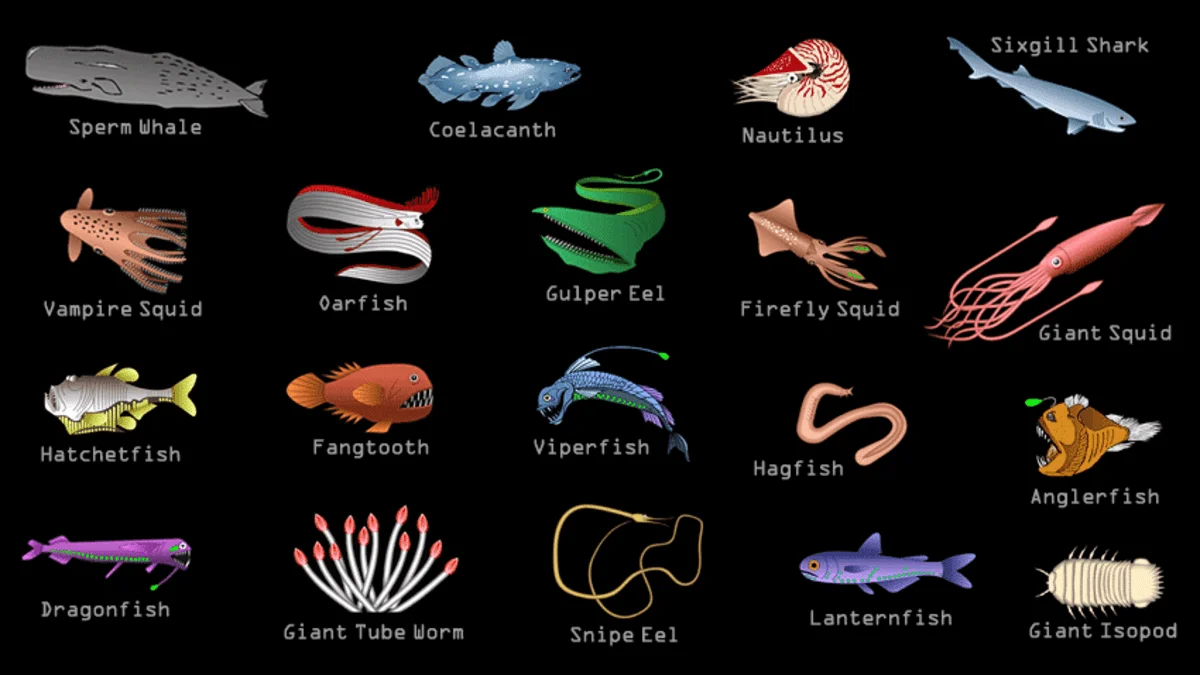
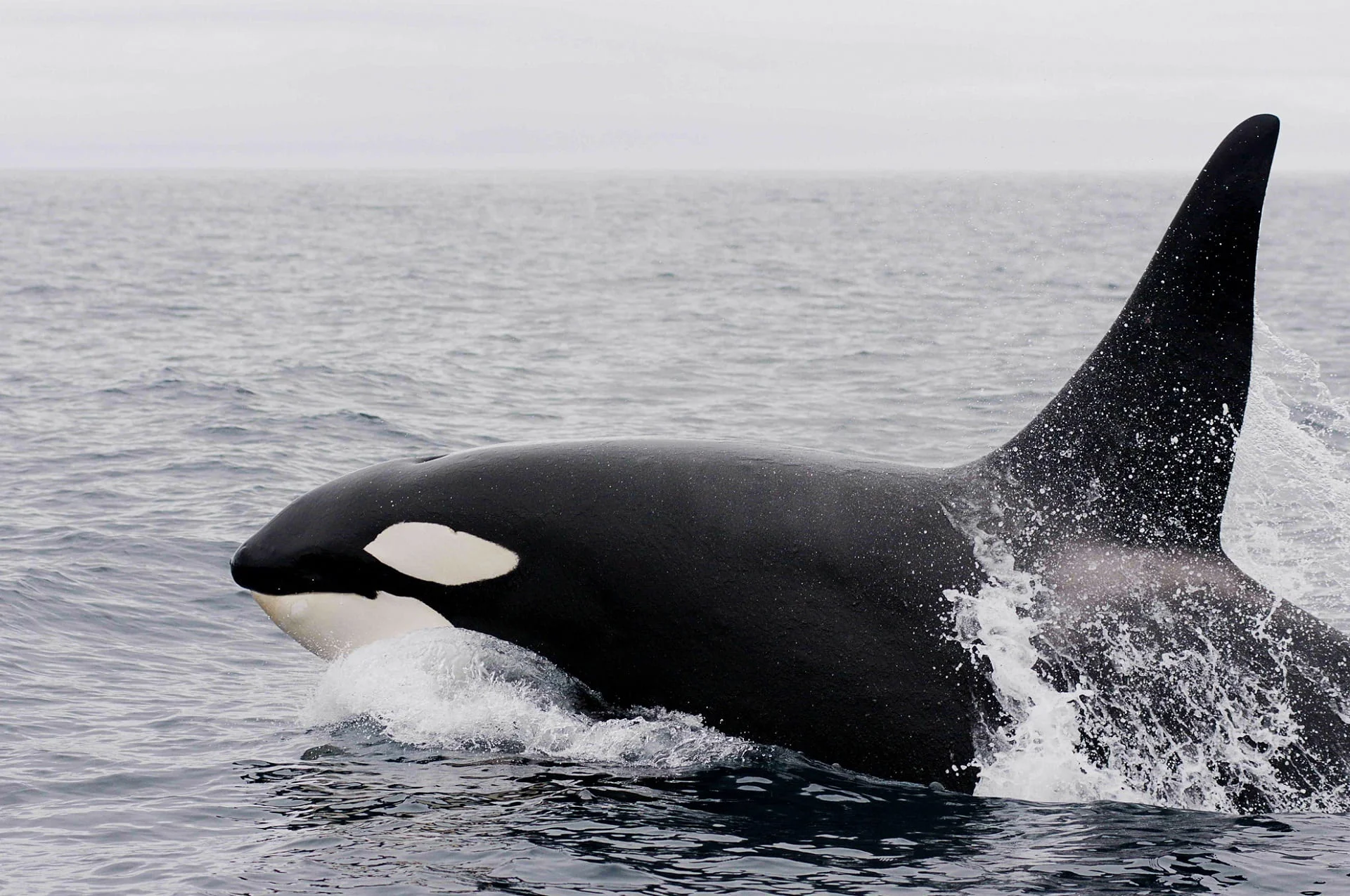
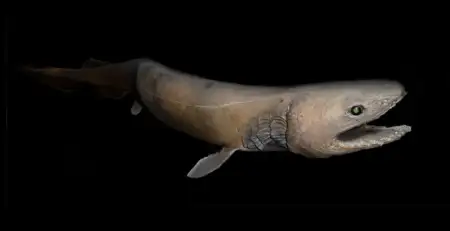
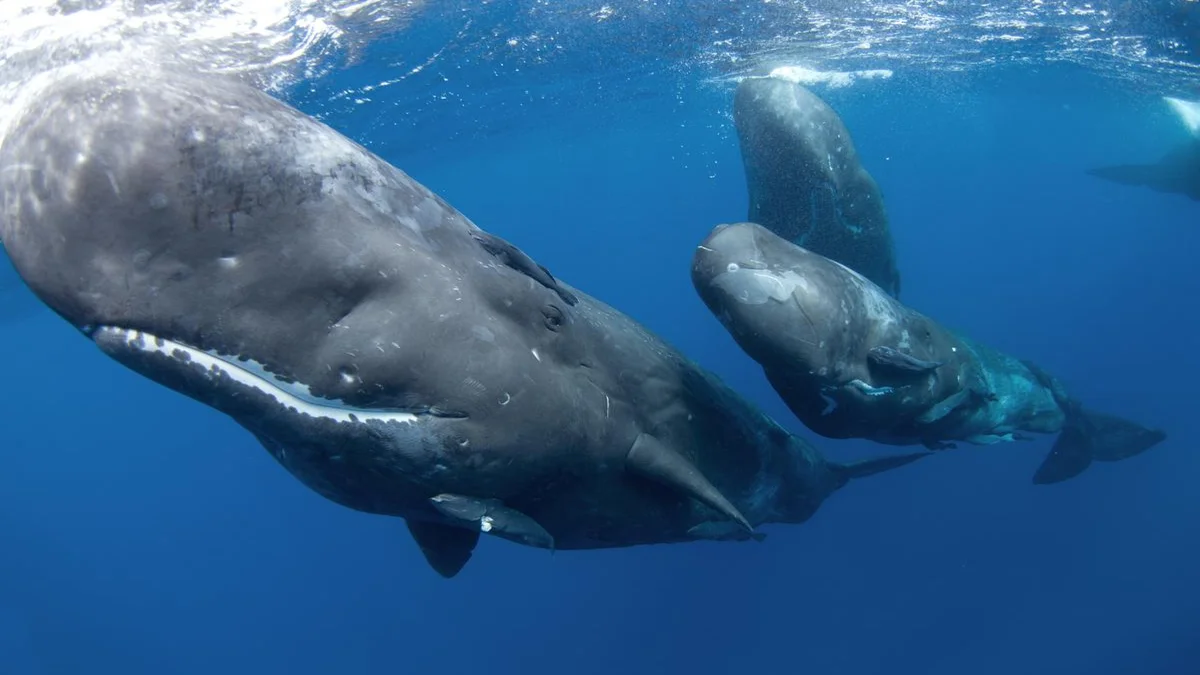
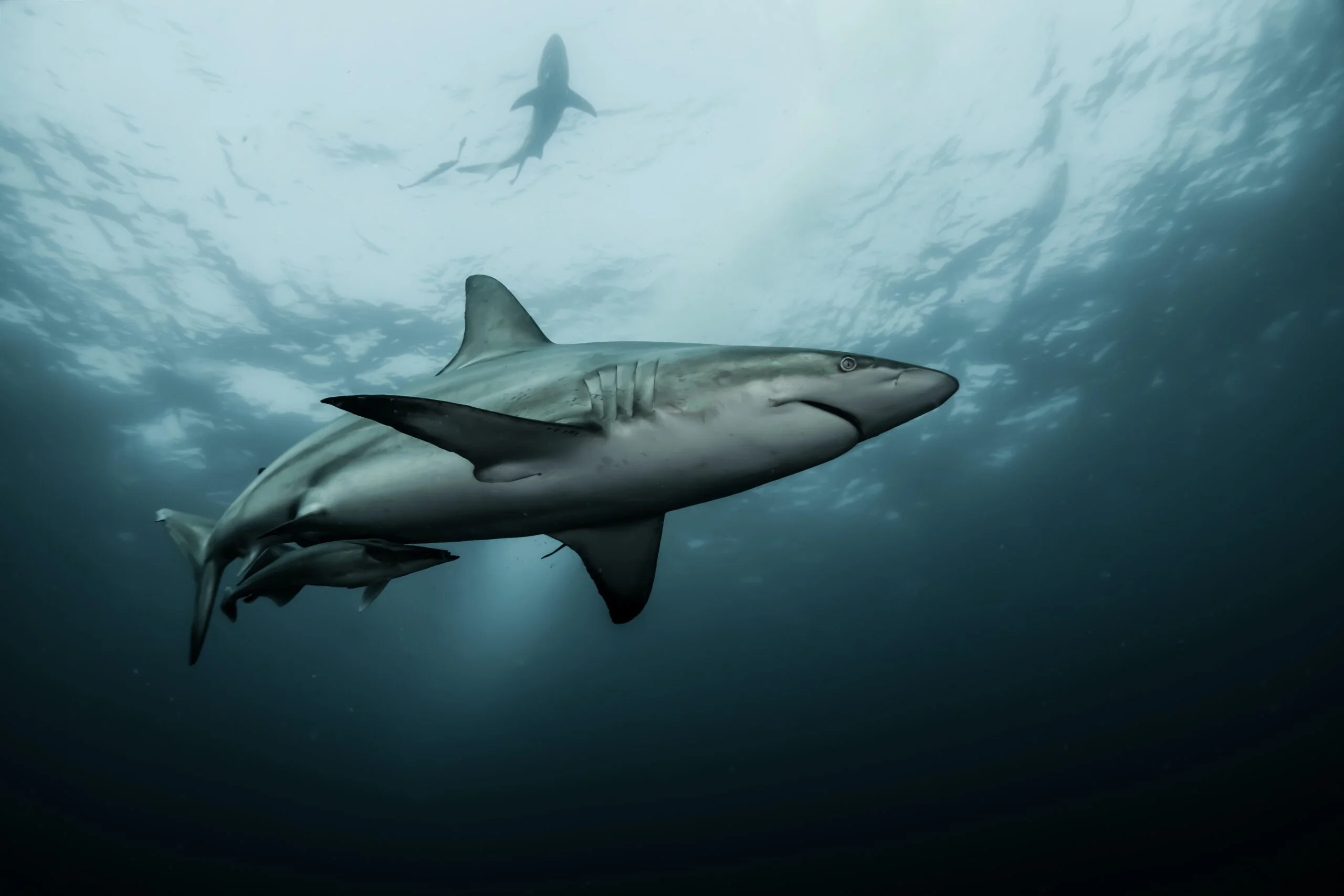
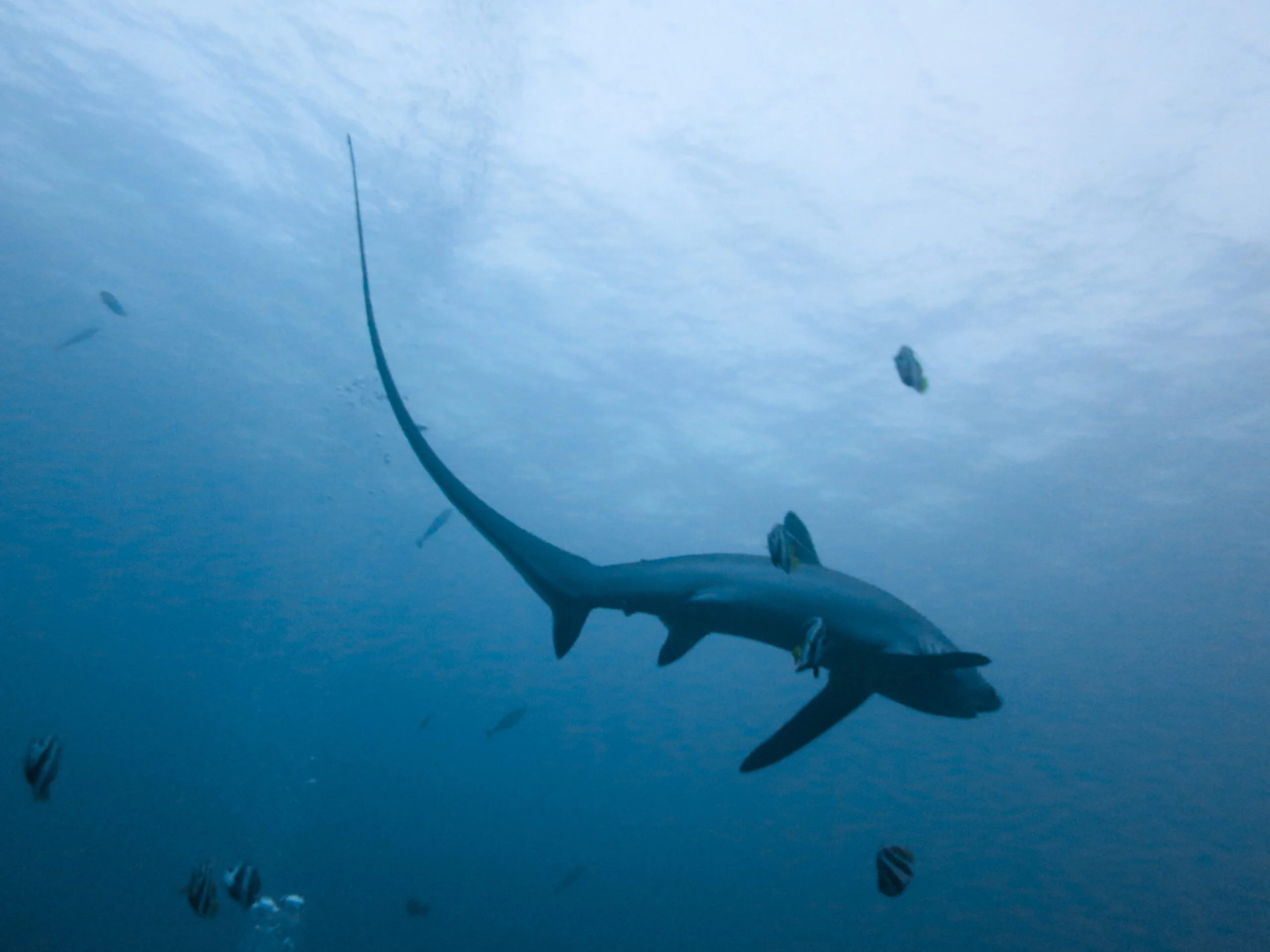
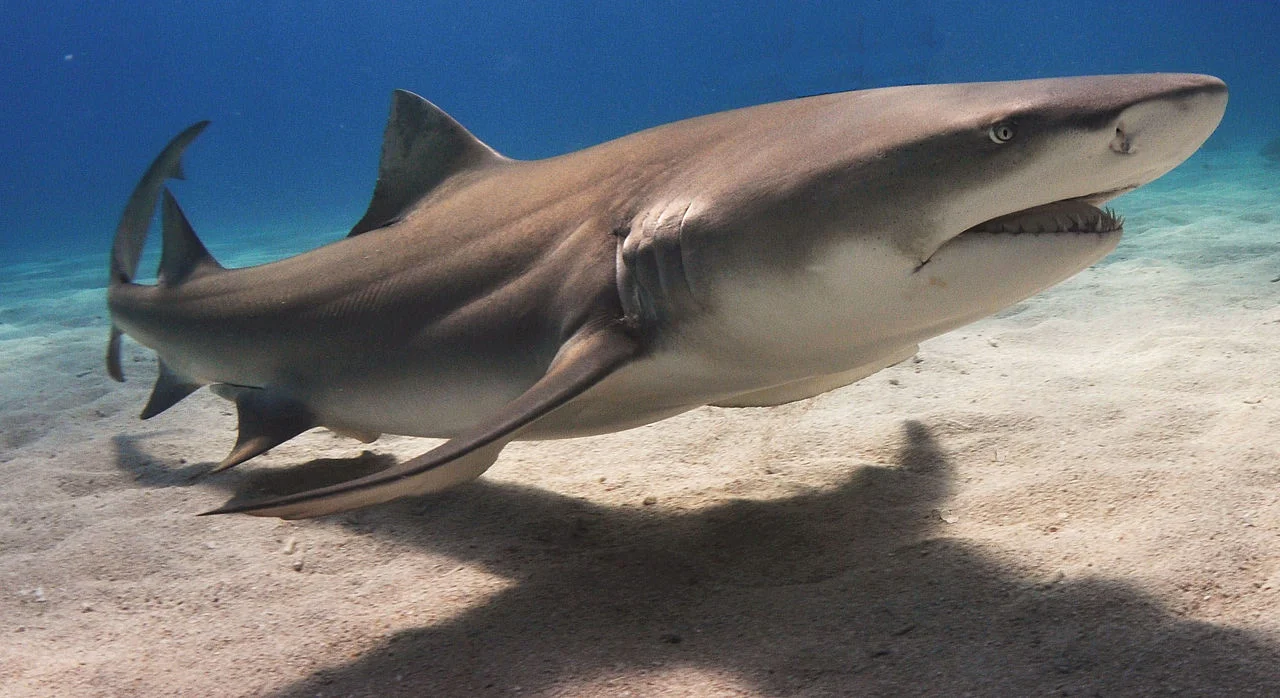
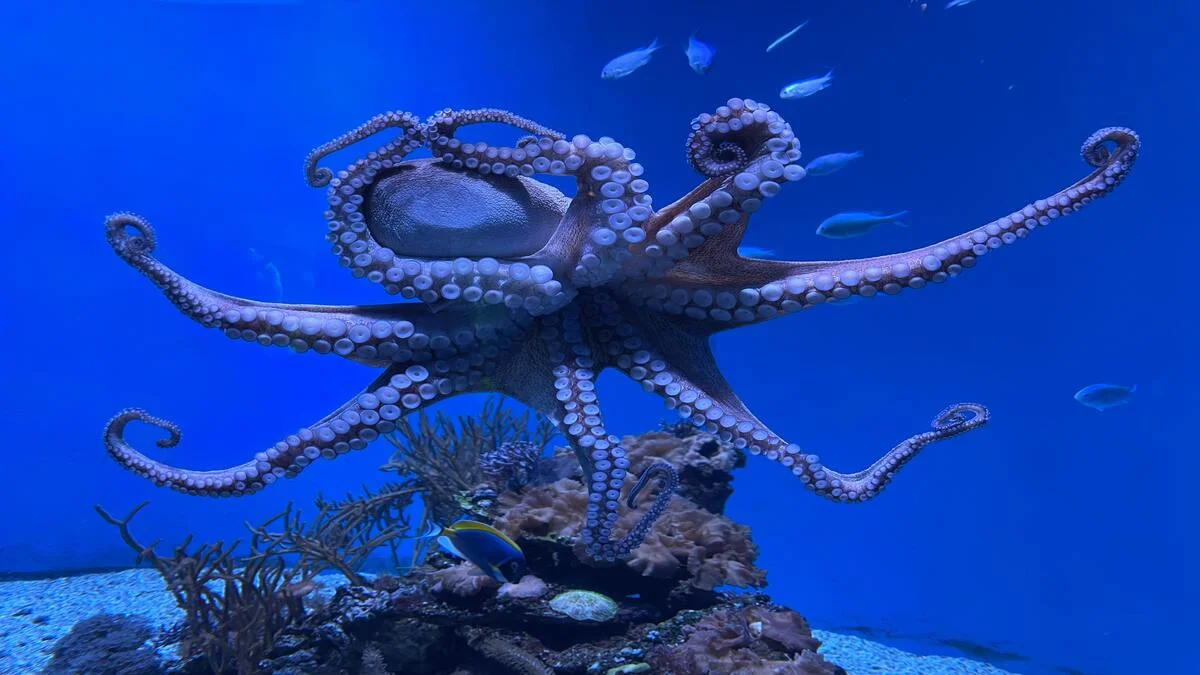

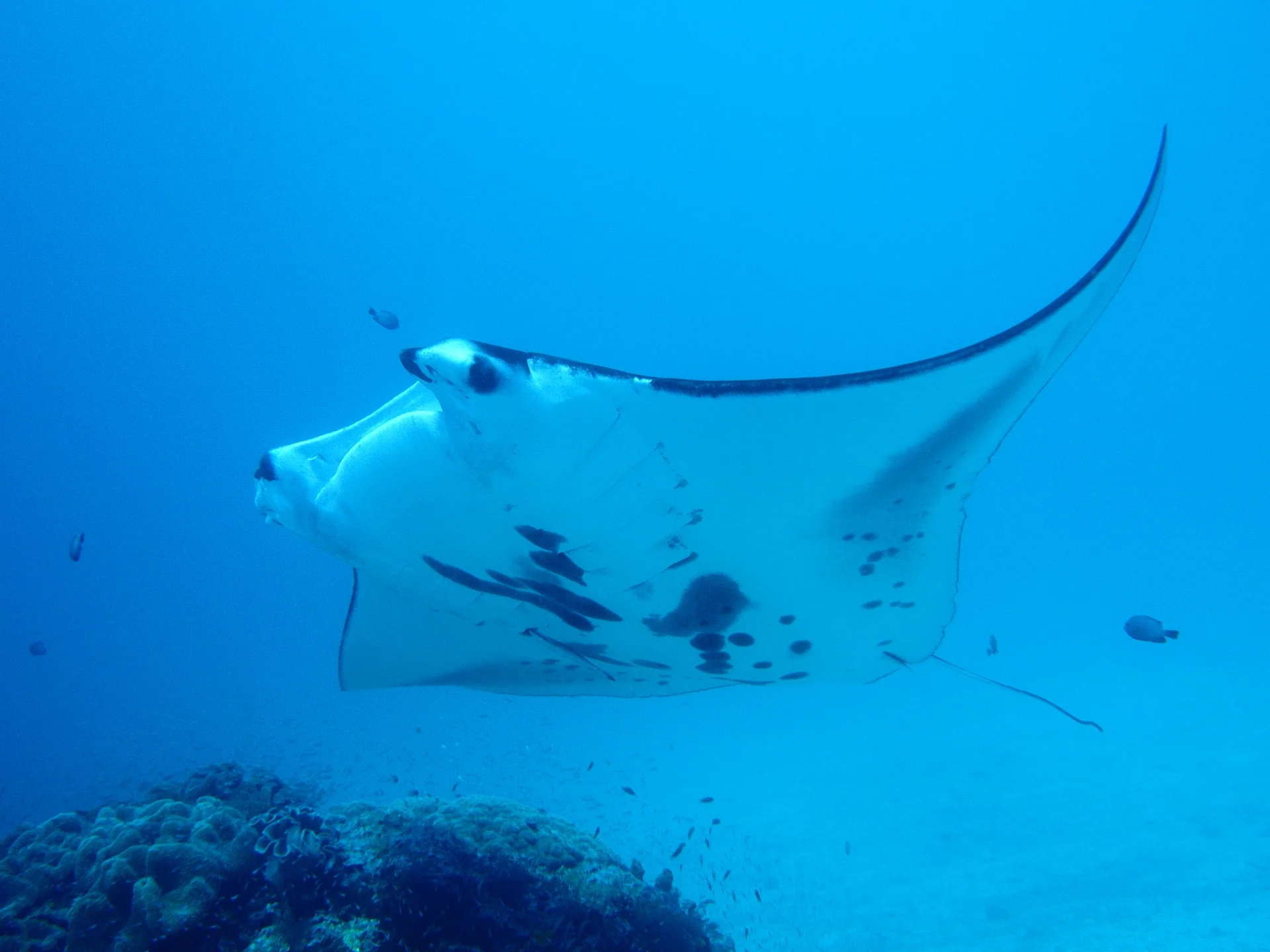
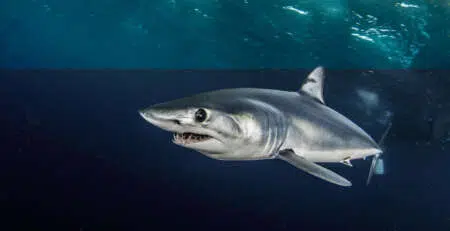

Leave a Reply